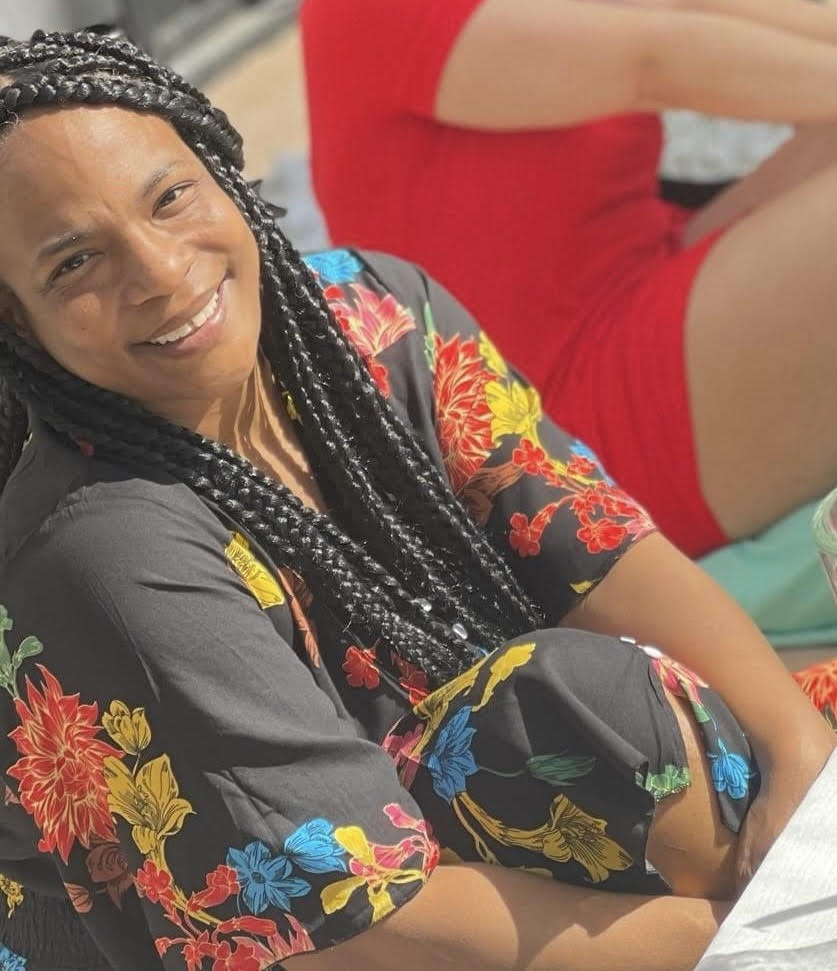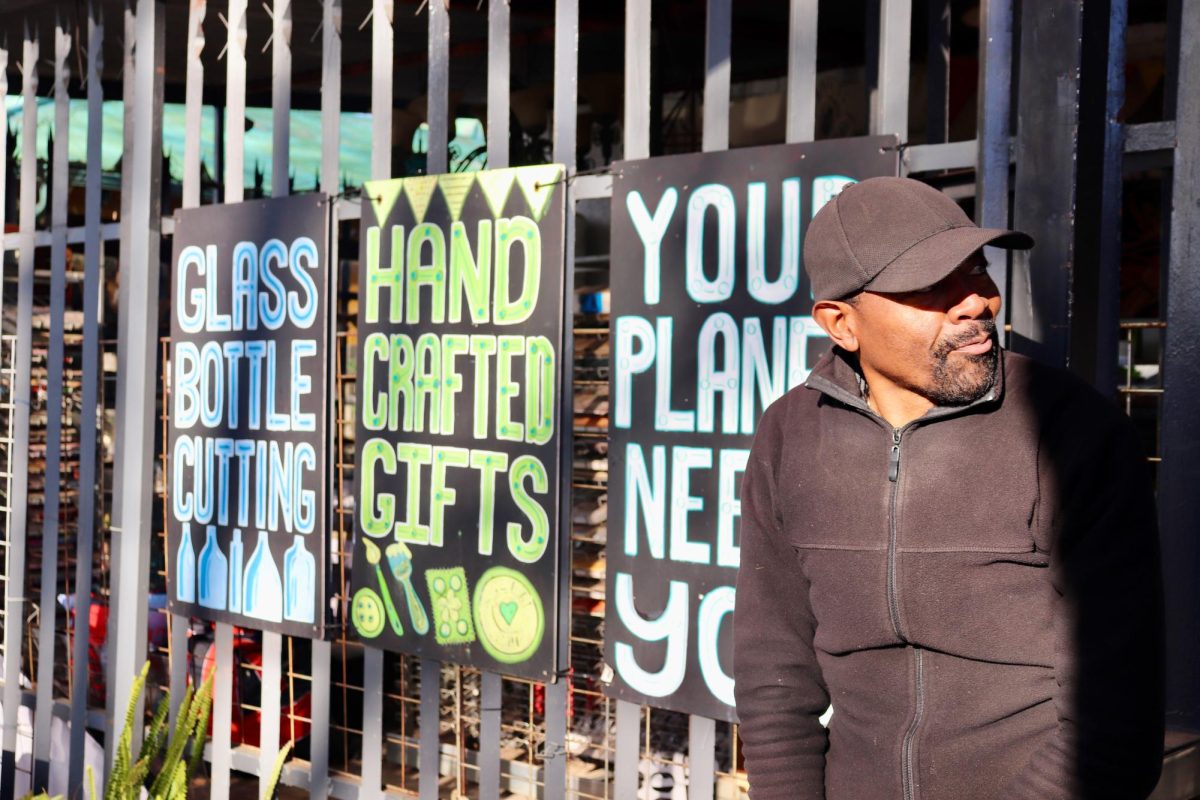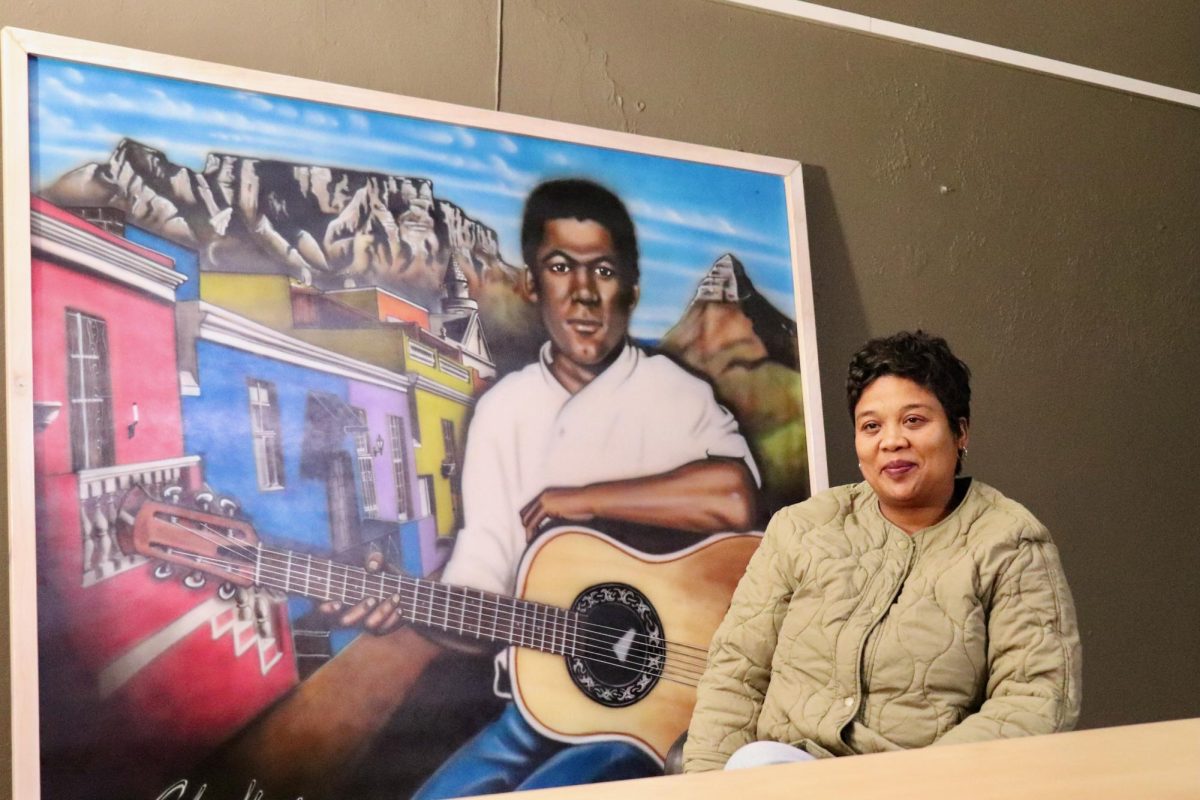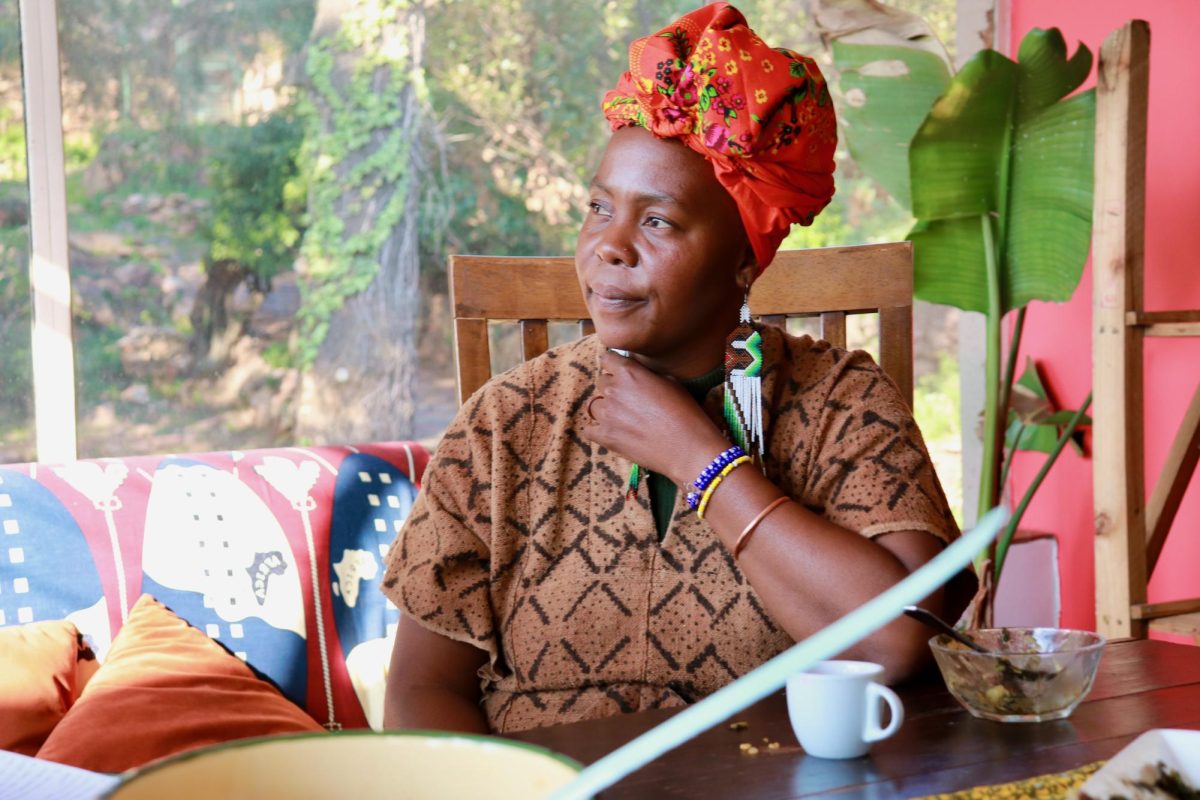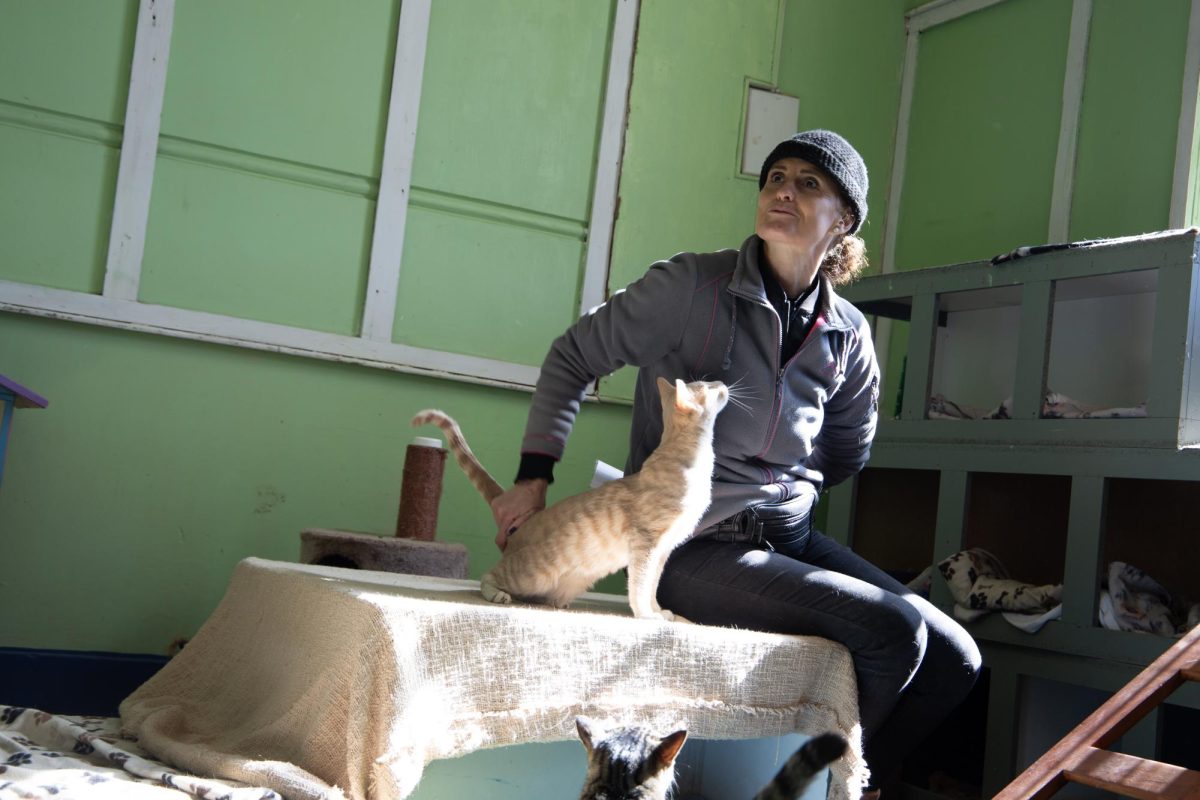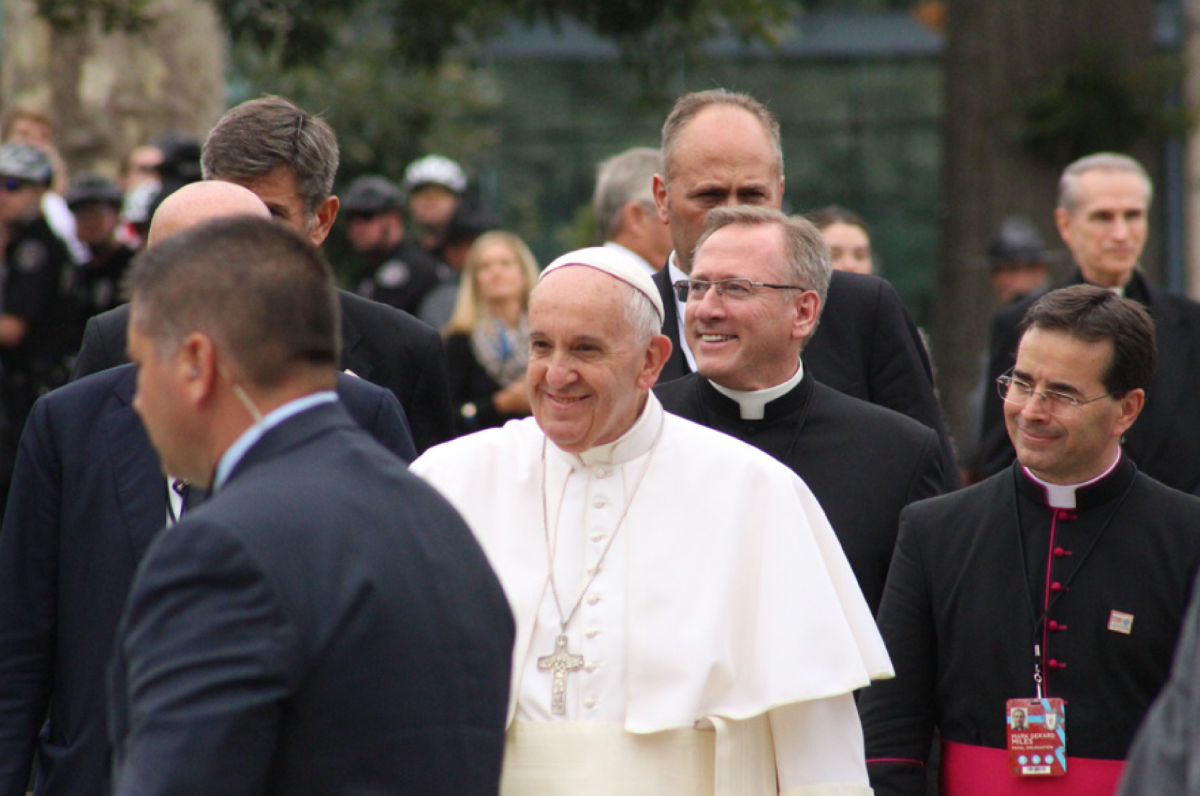PART TWO: Saint Joseph’s involvement in the unfolding story
Saint Joseph’s University was founded as St. Joseph’s College in 1851 by Jesuits from the Maryland Province, just 13 years after the Maryland Jesuits sold off their slaves.
Saint Joseph’s connection to the institution of slavery is less clear than it is for Georgetown University, whose president authorized the sale of the slaves and whose debts were paid off by the sale’s $115,000 proceeds.
One connection for St. Joe’s is Joseph Greaton, S.J., the founder of Old Saint Joseph’s Church in Philadelphia.
In 1731, Greaton, a Maryland Jesuit, purchased a plot of land in Philadelphia on Willings Alley, near Fourth and Walnut streets. He built a house on that land and celebrated mass there. Greaton built a chapel on the site in 1733. The first church was built in 1757.
Greaton came to Philadelphia because the “Jesuits felt that Philadelphia was the greatest city in the colony, and it was destined for greatness,” said David Contosta, Ph.D., professor of history at Chestnut Hill College and author of “Saint Joseph’s: Philadelphia’s Jesuit University: 150 Years.”
Contosta said he wasn’t sure where Greaton obtained the money to purchase the land. He assumed it came from the Maryland Province.
In 1750, after living, working and practicing his faith at Old Saint Joseph’s Church, Greaton retired to Old Bohemia Plantation in Cecil County, Maryland, a few miles from the Pennsylvania border. It was here that he spent the last three years of his life until he died in 1753 and was buried at the plantation.
Old Bohemia was one of seven plantations that the Maryland Province owned. The plantation was run by Jesuits and slaves, said Marji Matiniak, president of the Old Bohemia Historical Society. Proceeds from the plantations were used to fund the Jesuit’s mission work in Maryland and neighboring colonies.
Matiniak confirmed that Greaton would have interacted with slaves, at least during his time at Old Bohemia. In fact, other records show that he baptized three slaves while he was there.
In 1949, St. Joseph’s College constructed its first formal residence hall on campus, naming the building after Greaton. Greaton Hall was later renamed Tara Hall, but the Greaton Room, a conference room on the first floor of Barbelin Hall, still bears his name.
The next connection involves Saint Joseph’s College first president, Felix-Joseph Barbelin, S.J. In 1838, the year of the sale of the Jesuit slaves, Barbelin arrived in Philadelphia to serve as curate and pastor of Old Saint Joseph’s. Seven years earlier, in 1831, Barbelin had entered the Society of Jesus as a novice at the White Marsh Plantation in Maryland.
Under Barbelin’s leadership, construction of the present Old Saint Joseph’s Church was completed in 1839. St. Joseph’s College was built attached to the church at Willings Alley in 1851 and opened that year. When the college moved to the university’s current location in 1927, its first academic building was named after Barbelin.
Adam Rothman, Ph.D., professor of history at Georgetown University, explained that many Jesuit projects during that time, such as the building of Saint Joseph’s College, were funded, at least in part, by the Maryland Province. It’s possible, too, that some of the money from the sale of the slaves was used to help create the college, he said, citing archival documents.
But it’s not a simple case to prove: that profits from the sale of the slaves were used to fund what would become Saint Joseph’s University. The Hawk is still reviewing archival evidence in an ongoing investigation.
“The problem that you have with looking at the money immediately after 1838 is there are some clear places where you can follow it,” said Craig Wilder, Ph.D., professor of history at Massachusetts Institute of Technology. “But it’s kind of difficult to say dollar for dollar that this money created this school. It’s hard to figure out if it’s exactly that pool of money.”
The clearer connection is with proceeds from the plantations that started Old Saint Joseph’s Church.
“It’s clear that that money allows the Jesuits to migrate out of Maryland and begin building Catholic institutions and Jesuit institutions all over the United States and basically create the institutional infrastructure of American Catholicism, to make it a national tradition,” Wilder said.
A connection either with the founders, such as Greaton, or with families who later contributed to the college, is also very possible, said Randall Miller, Ph.D., professor of history at St. Joe’s.
“If [schools] were founded in the colonial period, there was probably a strong likelihood there was some kind of connection because slave trading and slave provisioning was woven into the economies of the British North American colonies so tightly it was impossible not to have some involvement,” Miller said.
Many schools, such as Georgetown, are now facing the question of what the next step is. When asked why examining the pasts of these institutions is important, Miller said it helps contribute to present identities.
“It’s not just to find out about that past,” Miller said. “It’s to have people confront a past so they can have courage enough to examine the present and thus be able to think about the future. We need to know who we were in order to know who we are and make any claim on who we might be.”
Thomas Brennan, S.J., Ph.D., associate professor of English at St. Joe’s, said it’s a matter of “practicing what you preach.”
“If we say we’re about racial justice, then we have to put that into practice,” he said, “and we have to look at our past and where we might need to do better. I think it’s an obligation, as far as Saint Joseph’s goes, to look at precisely what the role here was.”
Wilder said the Catholic Church’s commitment to social justice is another motivation for Jesuit institutions to undergo such an examination.
“The Catholic commitment to social justice requires in fact that we look at this,” he said. “It requires that we examine it, and it requires that we address it. It requires that we pursue injustice even when we’re the source of the injustice.”
Wilder said Jesuit universities are presented with an opportunity “to show leadership and to show how we deal with painful, difficult, and at times divisive, topics because we have an obligation to do it.”
“It’s not a moment where some people win and some people lose,” Wilder said. “It’s a moment where we can actually build a better society by being honest.”
Cat Coyle, ’16, Editor Emeritus, contributed reporting to this story.












